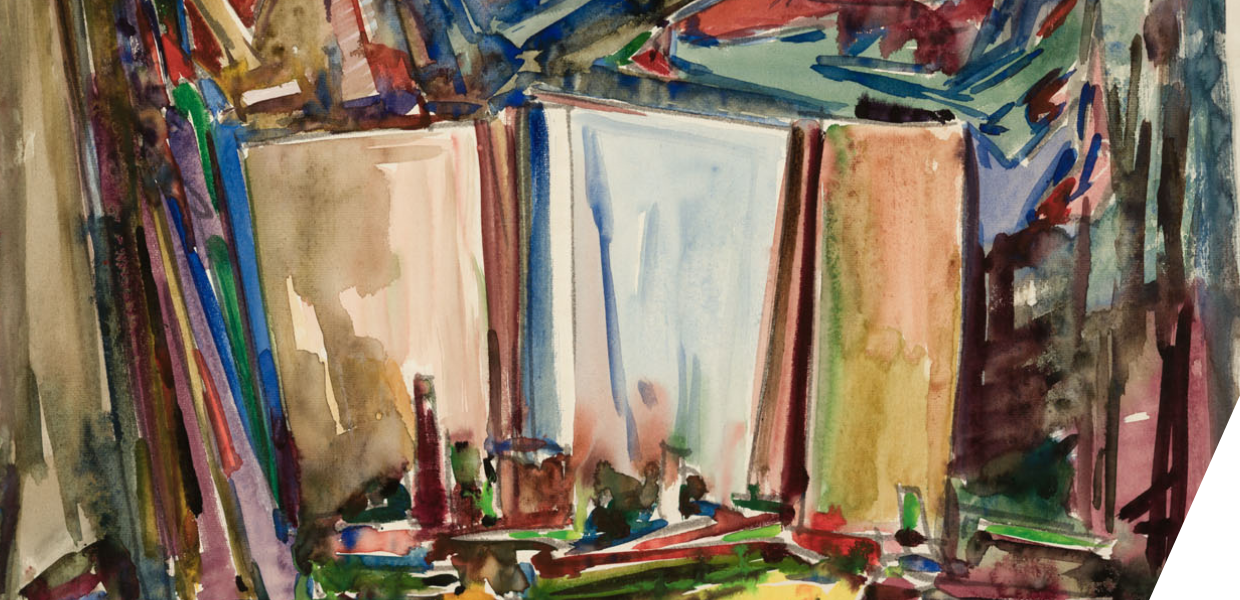Thank you for speaking to us today! Can you tell us about your institution?
Thank you for having me! Estonian War Museum – General Laidoner Museum is a rather small memory institution operating under the administration of the Estonian Ministry of Defence and focusing on researching and popularising Estonian military history. Despite our small numbers, we have been quite successful in recent years in international cooperation: we have an ongoing project with Latvian partners on military heritage tourism. An annual Baltic military history conference that we are hosting with the Baltic Defence College, has already become a custom. At the same time, everyday work continues with the museum's collections. And that’s what got us interested in crowdsourcing.
What did your project focus on? And how was it developed?
We wanted to know why Estonian museums and memory institutions are not very keen on starting crowdsourcing projects, even if involving volunteers in museums’ activities is quite common. We also wanted to explore how to highlight the idea of crowdsourcing, which could be very beneficial for museums as well as for volunteers, to both parties.
We came up with a questionnaire that we distributed among museums. Based on the feedback of 19 different institutions, we learned more about their experiences as well as hesitations or prejudices related to crowdsourcing. In spring we had a two-day workshop with Dr. Mia Ridge from the British Library, where we discussed the results of the survey and learned a lot more about developing crowdsourcing plans.
What was the outcome - how can someone use it?
First and foremost, the project produced five crowdsourcing plans, in various stages of development. But, more importantly, preparing these plans provided an opportunity for participants to think about and to become aware of different aspects of a crowdsourcing project as well as different meanings of success in this regard. And now that these plans are ready, they could encourage museums that participated to take the next step to really start with their own crowdsourcing project.
What have you learned from this experience about crowdsourcing for cultural heritage?
It all comes down to planning. Planning is the key element to the success or failure of a project. And by that I don’t mean only budget or Excel sheets, but preparation for working with volunteers, considering their needs during the project and being there for volunteers when they need it.
However, it was encouraging to learn that when planning has been done properly, even small museums and memory institutions can launch a crowdsourcing project.
How can crowdsourcing initiatives be designed to meet the needs of researchers?
Close cooperation between the project development team and researchers from the start would be the perfect solution here.
What are your plans for the future of the project?
I’m happy to announce that two out of five crowdsourcing plans developed this spring are going to become real crowdsourcing projects already this year. The Estonian National Museum starts with a project that aims to collect people’s stories and experiences about gardening and edible plants in September. If everything goes as planned, we are going to start with our project about the Estonian Defence League photo collection later this autumn.


